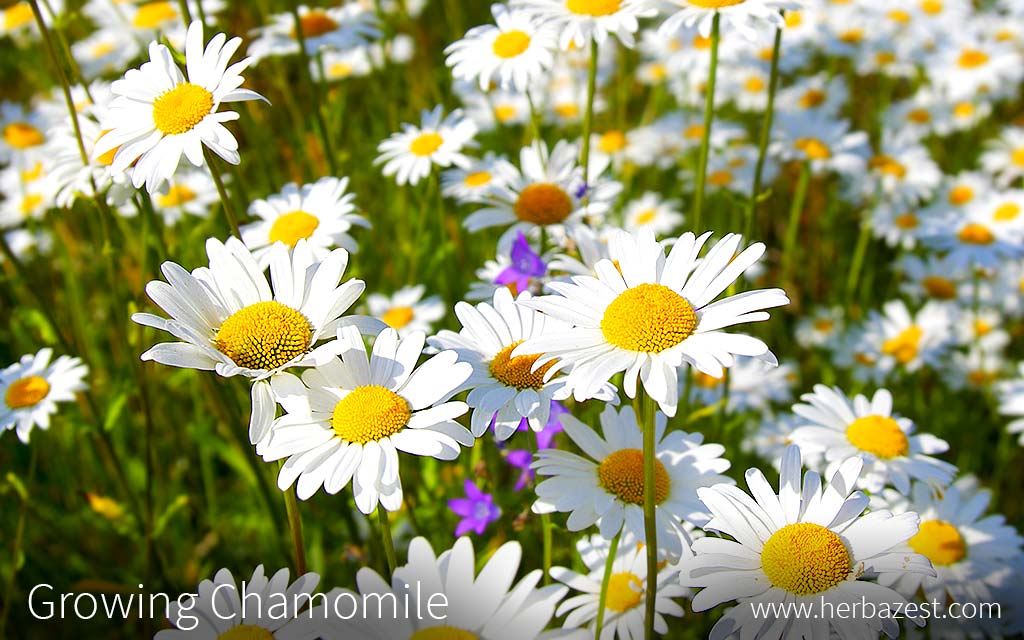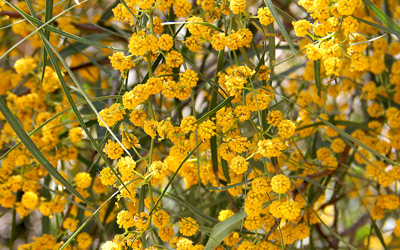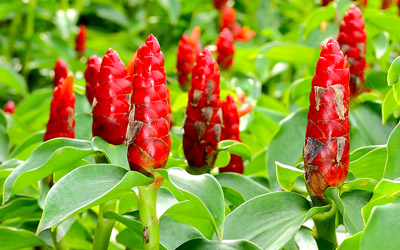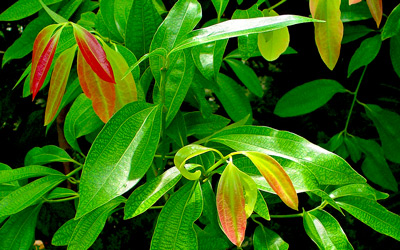Chamomile is a popular perennial that grows best in tempered climates and can even withstand dry spells. However, its optimal development depends on a variety of factors, such as sunlight, temperature, and proper irrigation. The following growing guidelines provide useful information about how to cultivate chamomile at home.
1. Preparing the Soil
When selecting an area to grow chamomile, a spot with well-drained, loamy sand soil is the most adequate. This plant loves direct sunlight, but it also grows well in partial shade.
The area should be cleared from weeds and debris, and the soil should be loosen with the help of a garden fork in order to eliminate big chunks and stones that may interfere with the development of a healthy root system. Though chamomile doesn't require an overly rich ground, it is recommended to perform a soil test before planting and, if necessary, amend the soil with small quantities of potassium, phosphorus, and nitrogen before planting.
2. Planting
While chamomile seeds can be sown directly in the ground, it is recommended that chamomile be started in small indoor containers and transplanted when they have reached a seedling size. The soil must be kept moist and well-drained until the plants are established. Alternatively, chamomile cuttings can be purchased and transplanted outdoors.
When planting chamomile outdoors, the plants should be spaced 6 - 12 inches (15 - 31 cm) apart. As chamomile grows, it will begin to creep and spread to form a ground-cover mat. Once established, chamomile plants will require very little care.
3. Plant Care
Watering
It will not be necessary to water chamomile plants extensively during the growing season. Care should be taken to keep the soil moist after seeding. Water chamomile during dry spells and when it begins to bloom. However, chamomile will likely thrive without much attention.
Fertilizing
Besides some soil amendments before planting chamomile, unless conditions are incredibly poor, the plant will not need fertilization during the growing season.
Weed Control
In order to ensure chamomile's good performance, any weed competition should be removed by hand or mechanically. After planting chamomile, any tilling should be avoided, since it may damage the roots. As the plant begins to spread and form a ground-cover mat, less weeding will be necessary.
4. Pest & Disease Control
Pests
Chamomile is not susceptible to many pests, and it may actually repel some insects, such as cucumber beetles. In fact, it is recommended to plant chamomile near other crops, such as cabbage and wheat, as it may help to deter flying insects and increase the yield of those crops.
Aphids may also feed on chamomile, but they are typically not a great threat and can be easily knocked off spraying water on the plant or be removed by hand. If a serious infestation occurs, mixing antibacterial soap with water and spraying the mix over the plant will be enough to eliminate aphids.
Diseases
There are no serious diseases that are known to affect chamomile.
5. Harvest
Harvesting chamomile can be very tedious since the harvested part is the small, white chamomile flower. Moreover, chamomile will begin flowering approximately one month after planting, but can bloom throughout the summer. For that reason, there is no specific harvest time, and chamomile flowers should simply be harvested when the buds have fully blossomed.
Since only chamomile blossoms should be harvested and not the stems and leaves, the flowers must be picked carefully in order to avoid damaging the plant. In this way, chamomile can be harvested throughout the entire growing season.
6. Storage
When drying chamomile, avoid exposing the flowers to direct sunlight, as this may damage the oils during the process.
While chamomile can be consumed fresh, immediately after being harvested, it is most commonly used in its dry form. Chamomile flowers are dried by spreading them in a warm, well-ventilated area. Dried chamomile flowers should be stored in a cool, dry environment in an airtight container, and can be kept for approximately one year.





